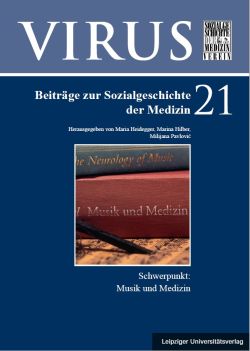
VIRUS Band 21, pp. 053-068, 2023/03/22
Schwerpunkt: Musik und Medizin

Georg Philipp Telemann (1681–1767) visited Bad Pyrmont at least five times because of general exhaustion and various ailments. In return, he dedicated “Scherzi melodichi” (TWV 42) to the Prince of Waldeck and Pyrmont, who had greatly promoted the spa. For each day of the week, he composed a piece with different movements for violin, viola or violone and harpsichord. Each of the melodic pieces of music, especially pastoral on Sundays, lasted 10 minutes and were to be performed in the early hours of the morning. This was the time of drinking water, which in the understanding of the time had a “health-promoting, internally cleansing effect” (Michael Stolberg). The success of this cure was supported by slow strolls on the spa promenade in a ‘cheerful’ environment. Last but not least, the spa music contributed to this bright atmosphere. In the early modern period, however, it caused more than just a good mood: in the context of humoral medicine music had also lasting physiological consequences.
Keywords: Georg Philipp Telemann, Pyrmont, spa history, water music, humoral medicine, 18th century